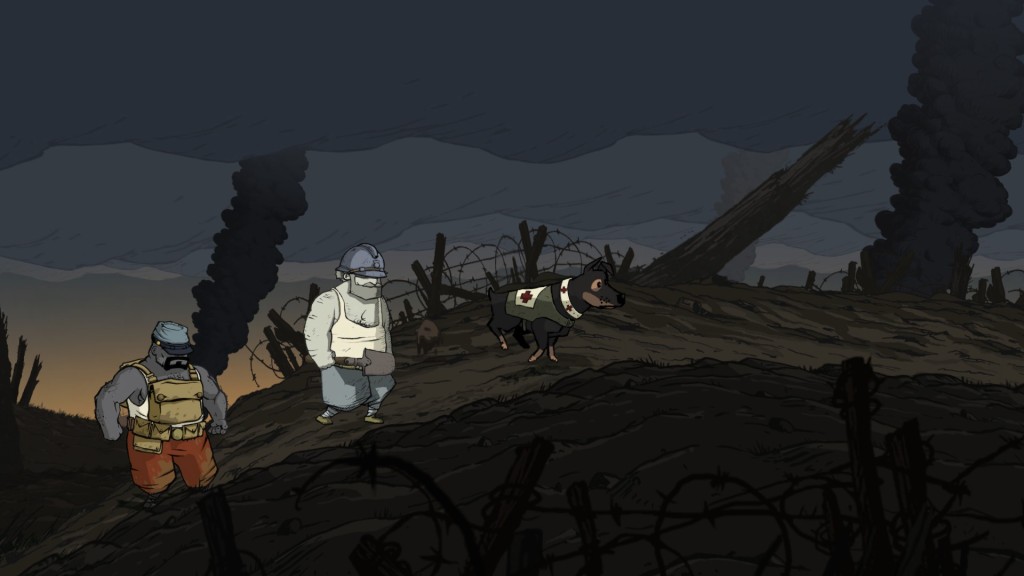Several interesting titles have popped up on PC:
- Unrest, an indie RPG with a unique setting (a fantasy land based on ancient India) and a focus on social, not physical conflict — one reviewer only encountered a single battle during the whole game. Check out some of the reviews — it sounds as though this is short on budget, abrupt in the way it resolves its plot, but long on originality. If you try it, I’d love to hear what you think.
- Commander: The Great War, a strategic-level World War 1 title from the developers (and publishers) of Panzer Corps, is now on Steam with a 33% discount until 2 August. It seems well-regarded, and after messing around for a few minutes, strikes me as quite approachable – closer in complexity to Panzer General than Hearts of Iron III.
- Lastly, another JRPG has made it to PC – Trails in the Sky is now available on GOG, Gamersgate, and Steam. It’s decent, unremarkable comfort food for genre fans – I wrote about the PSP version a couple of years ago. If you’re in the target market, the early-bird price of $17 strikes me as fair.

